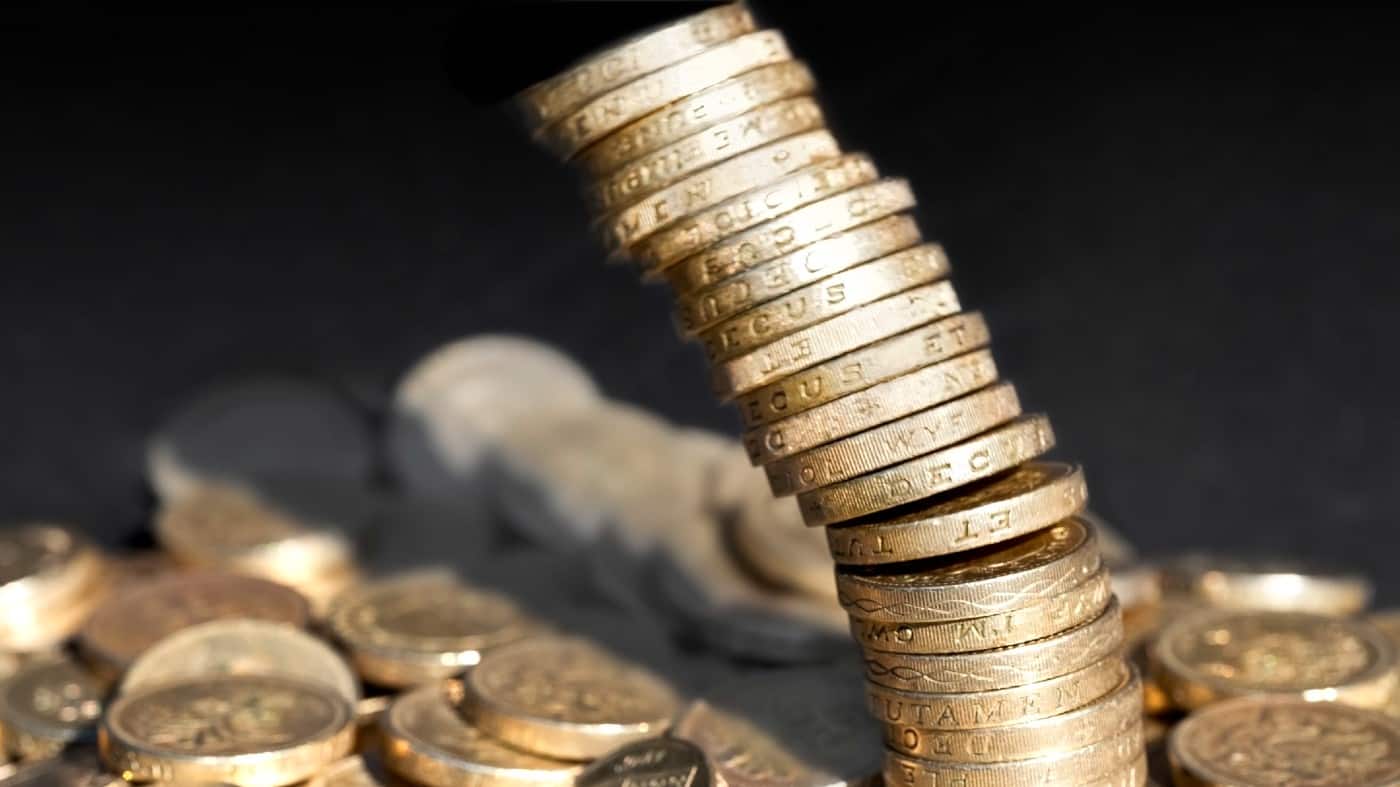Unfortunately, most of us only have one income to get by on. But it doesn’t have to be that way. It’s much easier than most people think to create a second income, especially in the current high-yield environment of investing.
Starting from nothing
These days it’s easy to start a portfolio, even if I have no starting capital. This is due to several factors, including the creation of fractional shares — previously, investors had to buy whole shares, which could be costly and restrict entry into certain investments — low or no minimum investment requirements, and commission-free trading.
Without starting capital, I’ll need to commit to regular saving. This allows me to consistently contribute to my investment portfolio over time. By setting aside a portion of my income at regular intervals — ideally monthly — I can steadily grow my investment capital and take advantage of compounding returns.
Moreover, regular saving helps me develop discipline and a long-term mindset. Investing is a journey that requires patience and consistency. By committing to regular saving, I can cultivate the habit of setting aside funds for future investments, which can lead to greater financial discipline and resilience in the face of market fluctuations.
Utilising my ISA
When investing for a second income it makes sense to use an ISA wrapper. That’s because within the ISA any income generated from dividends or capital gains is tax-free, meaning I can keep more of my investment returns. This can be particularly advantageous if I expect to earn a significant income from my investments.
Please note that tax treatment depends on the individual circumstances of each client and may be subject to change in future. The content in this article is provided for information purposes only. It is not intended to be, neither does it constitute, any form of tax advice. Readers are responsible for carrying out their own due diligence and for obtaining professional advice before making any investment decisions.
Capitalising on fallen stocks
Why do I think now is a great opportunity to start a passive income generating portfolio? Well, it’s because the current market is depressed, and despite this, earnings have remained strong. This creates a really unique opportunity.
Undervalued or fallen stocks often have higher dividend yields compared to stocks that are trading at higher valuations. By investing in undervalued or fallen stocks, I can lock in larger dividend yields. At this moment, there are around 60 stocks on the FTSE 350 offering yields in excess of 6% — that’s huge.
An example
Just how much passive income could I create when starting from nothing? Well, it depends on the time I can invest for before withdrawing, the amount of money I save each month, and the annualised returns I receive.
I’m going to say I’m saving £200 a month, and I can achieve annualised returns of 10% — this is based on 7% in dividends, and 3% in share price growth. Utilising the current situations to my advantage, in addition to a compound returns strategy, I believe this is very achievable.
| Portfolio size by stated year | Passive income potential in stated year | |
| Year 5 | £15,487.41 | £1,342.92 |
| Year 10 | £40,969.00 | £3,758.25 |
| Year 20 | £151,873.77 | £14,270.65 |
| Year 30 | £52,097.58 | £42,728.13 |
Of course, the value of my investments could fall instead of rise if I make poor choices. It’s important that I do my research and take advantage of advice and share tips where possible.







